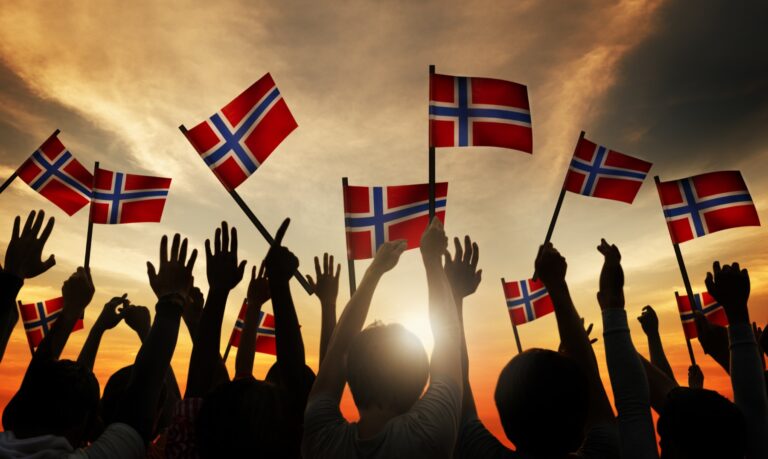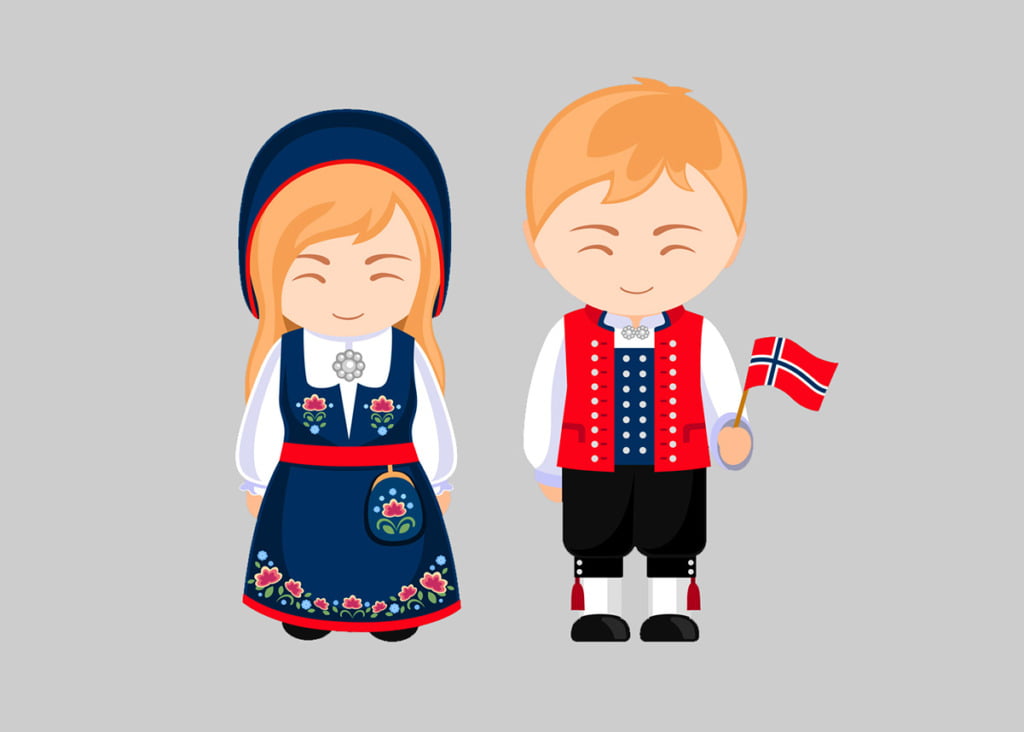In 2021, more people became Norwegian citizens than in any previous year. We look at the numbers behind the record.
Up until recently, most people applying for Norwegian citizenship had to give up their previous citizenship. This kept the numbers of new Norwegian citizens relatively low compared with other European countries.

Following a recent law change allowing dual citizenship in Norway, it was expected that those numbers would rise significantly for 2021. They ended up being more than three times higher than a typical year.
A successful application for Norwegian citizenship gives the applicant the same rights as a Norwegian citizen that was born in Norway. It is the final step after permanent residence for someone wanting to completely integrate into Norwegian life.
More than 40,000 new citizens of Norway
During 2021, a total of 41,100 people were granted Norwegian citizenship. Prior to the possibility for dual citizenship, the number of new citizens had typically been between 10,000 and 15,000 per year for the past 15 years.
Authorities say that the increase was down to the new dual citizenship law. The number of people granted citizenship in 2021 was also high due to the delays in processing applications during 2020.

This was partly due to the pandemic and partly due to the system being overwhelmed by new applicants.
Where do the new citizens come from?
The introduction of the dual citizenship law has also had an impact on the origin of new citizens.
Anyone wanting to apply for Norwegian citizenship typically has to have lived in Norway for at least seven years, and must pass Norwegian language exams among other requirements.
However, the requirement to renounce one's previous citizenship before obtaining Norwegian citizenship had put many people off applying. This was especially true for Europeans, a fact highlighted by the latest statistics.

In previous years, a majority of those who have been granted Norwegian citizenship have originated from countries outside Europe. In 2019, almost 90% of successful applicants were from non-EU/EEA countries, mostly Asian and African countries.
On an individual country basis, the most new citizens were originally from Sweden (4,590), Eritrea (3,559), Russia (3,216), the Philippines (1,955), Somalia (1,831) and Poland (1,727).
Read more: Where Do Refugees Settle In Norway?
The number of applicants from the United Kingdom was particularly notable. In previous years, an average of just 53 British citizens became Norwegian. But during 2021, that number rose to 1,578, showing the impact of Brexit together with the dual citizenship law change.
In 2021, a total of 1,210 US citizens became Norwegian. This was notably up on the average of 50-250 per year over the previous 10 years.

More long-term residents applied
Previously, most new citizens of Norway applied as soon as they were eligible. But during 2021, another change driven by the new double citizenship law was notable. Many more people with longer residency periods applied for citizenship.
In 2020, about 30% of those who were granted citizenship had eight years of residence or longer. In 2021, almost 50% had this. Around 80% of Swedes–the biggest group of new citizens in 2021–waited longer than necessary to apply for citizenship.
According to SSB, “this illustrates that among European citizens there are probably many who have waited to apply for Norwegian citizenship until the law change that allowed dual citizenship.”
The law change had been discussed for many years, so its makes sense that those would previously have had to renounce their previous citizenship would wait.


The 7 year residency requirement is very good to be sure everyone is clear about their decision. Norway is very attractive because it is smart and considerate.
The 7 year residency requirement is very good to be sure everyone is clear about their decision. Norway is very attractive because it is smart and considerate.
Where is this a duplicate?